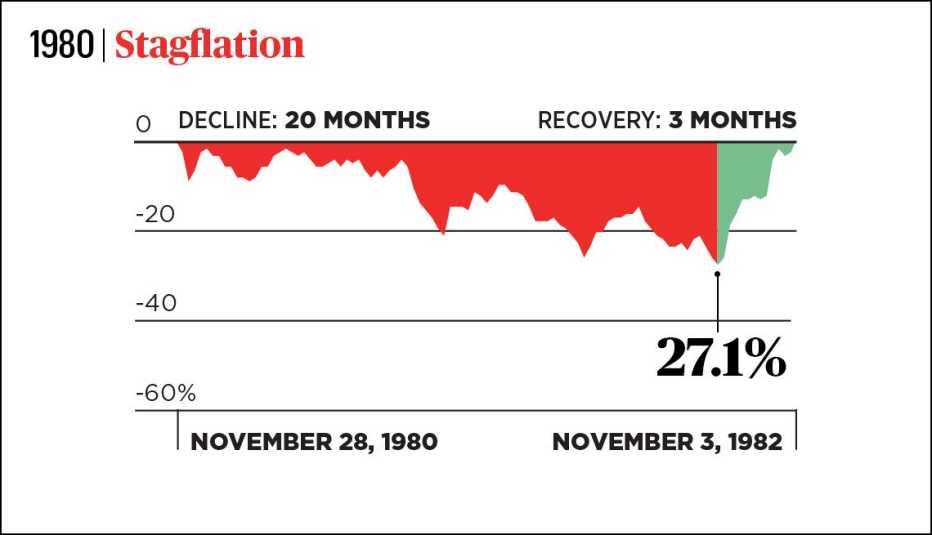When stocks collapsed in March, why were we surprised?
Markets do that from time to time.
This is the seventh crash I’ve covered as a journalist, not including several crashlets in between.
Stress drives outrational thinking.
We forget that, after crashes, it’s too late to sell.
That switching to CDs will lock in losses permanently.

That the stock market, on average, has always always!
recovered and gone higher.
But something has changed since the turn of the century: Investors have migrated towardstock index funds.

Before I talk about why, let’s take a trip down memory lane.
Those bear markets, as they are typically known, averaged about 16 months.
I’ll start with the Nifty Fifty of the 1960s and 70s.

The market plunge of 1973-74 blew away that illusion.
Stocks dropped 48 percent; most of the Nifties dropped further still.
Some of them recovered, although at a slow pace.

Investors infatuation with such once-mighty names as S. S. Kresge, Polaroid and Simplicity Pattern cooled.
Chancy enterprises found financing for their corporate-makeover ambitions in the booming market for junk bonds.
Unfortunately, all the computers caught the sell sign at the same time.
The result:Black Monday, October 19, 1987.
Stocks fell 22.6 percent, still the largest one-day percentage drop ever.
A friend on a coast-to-coast flight said his pilot announced the prices as they tanked.
As usual, selling turned out to be a terrible idea.
